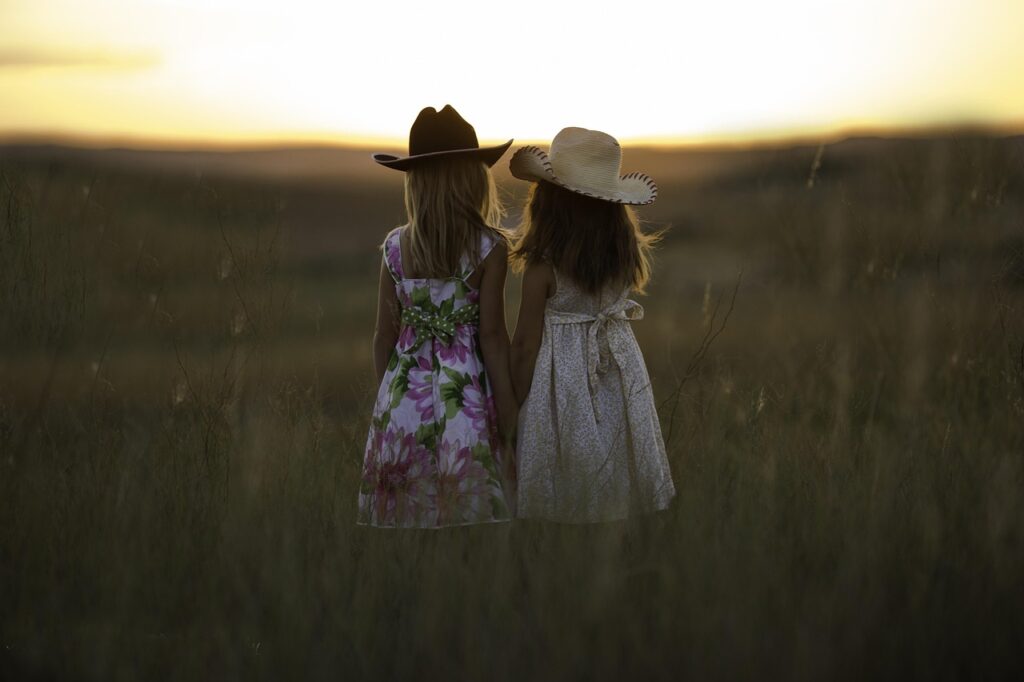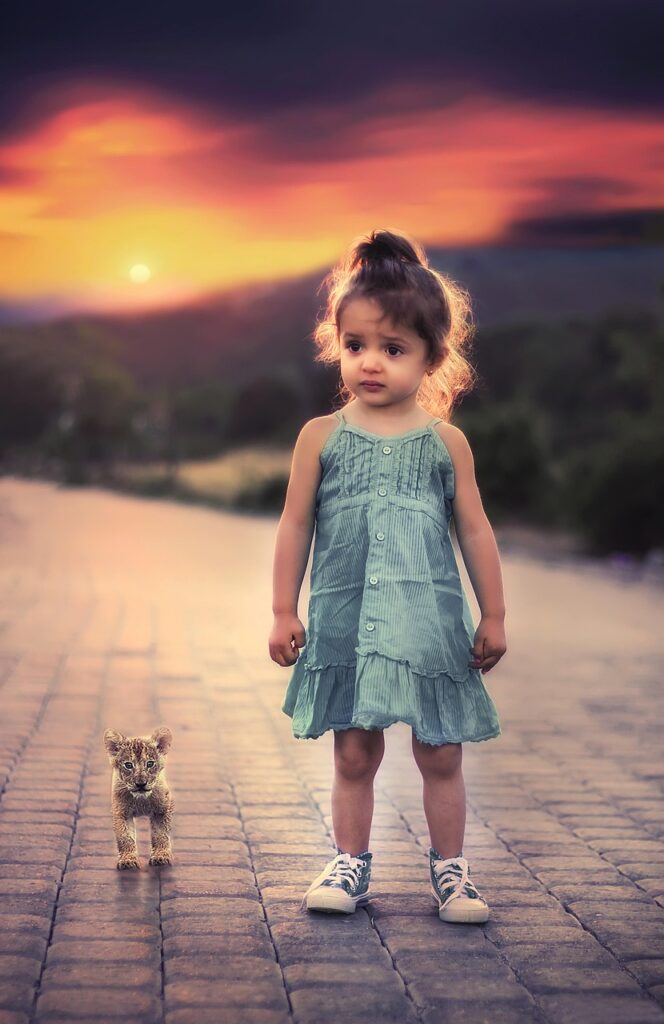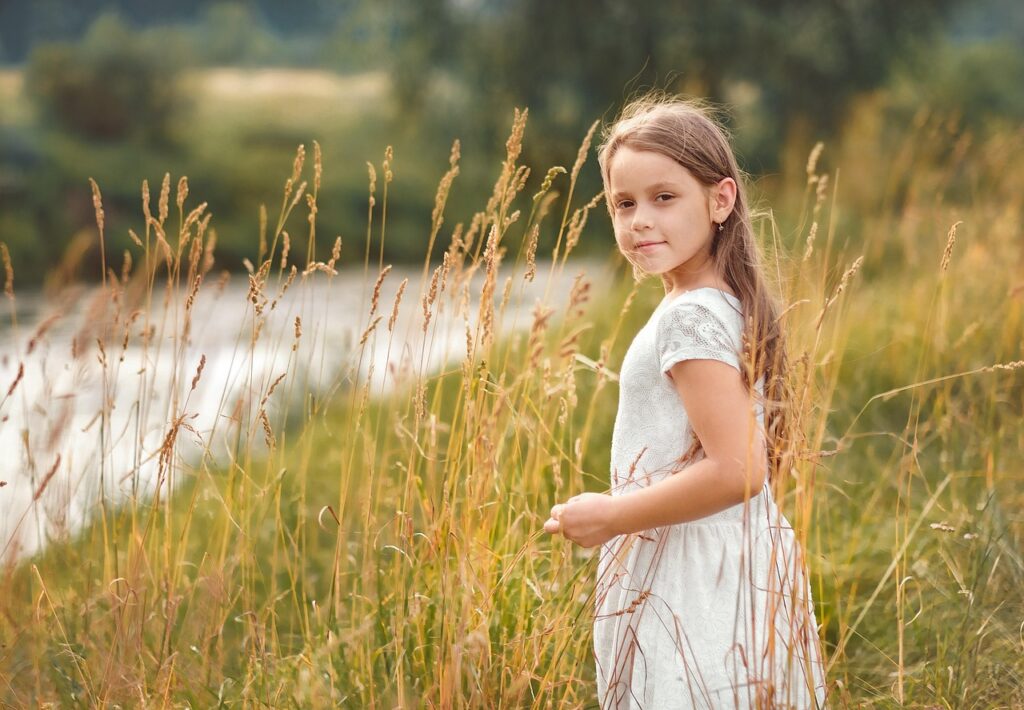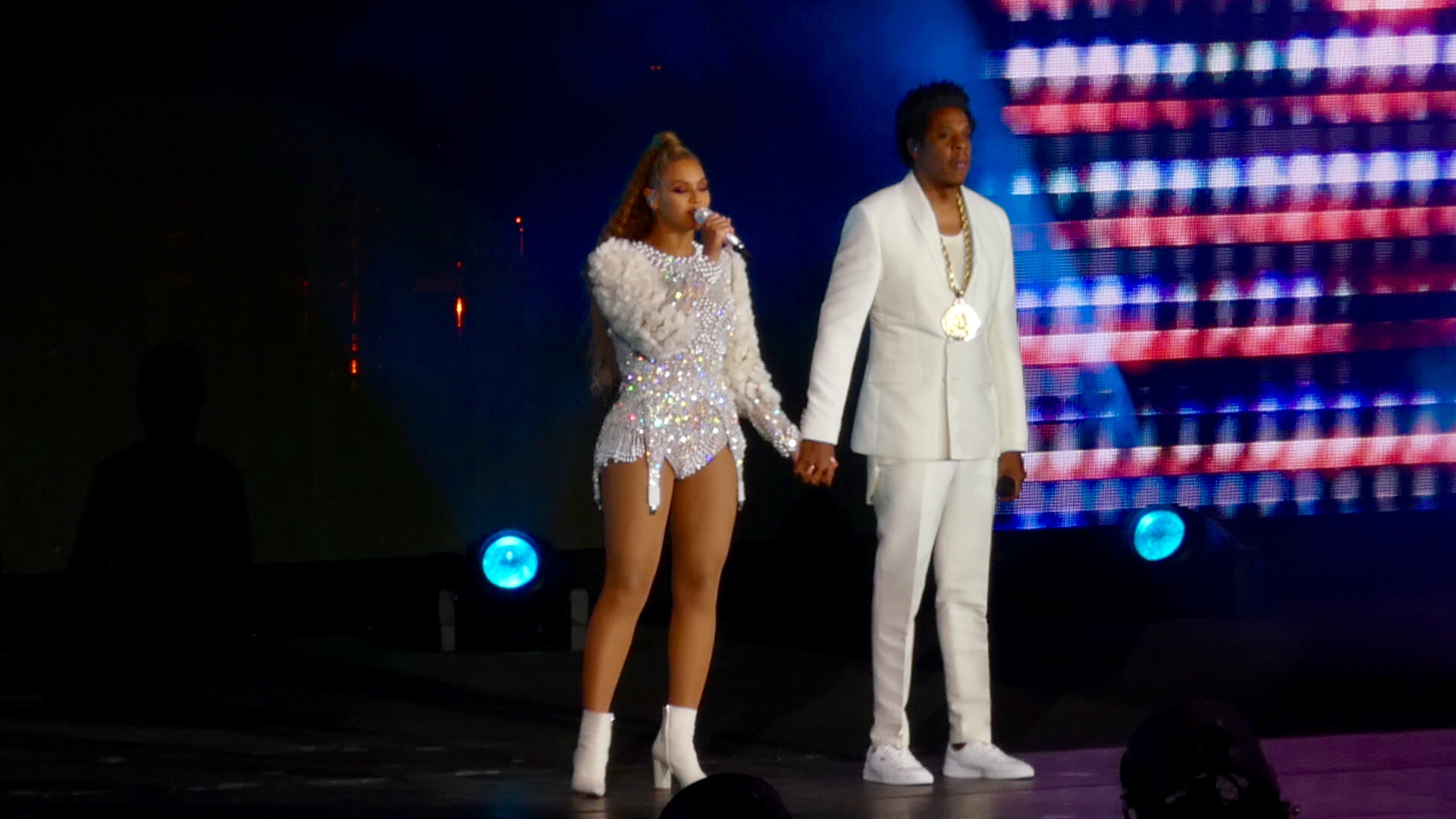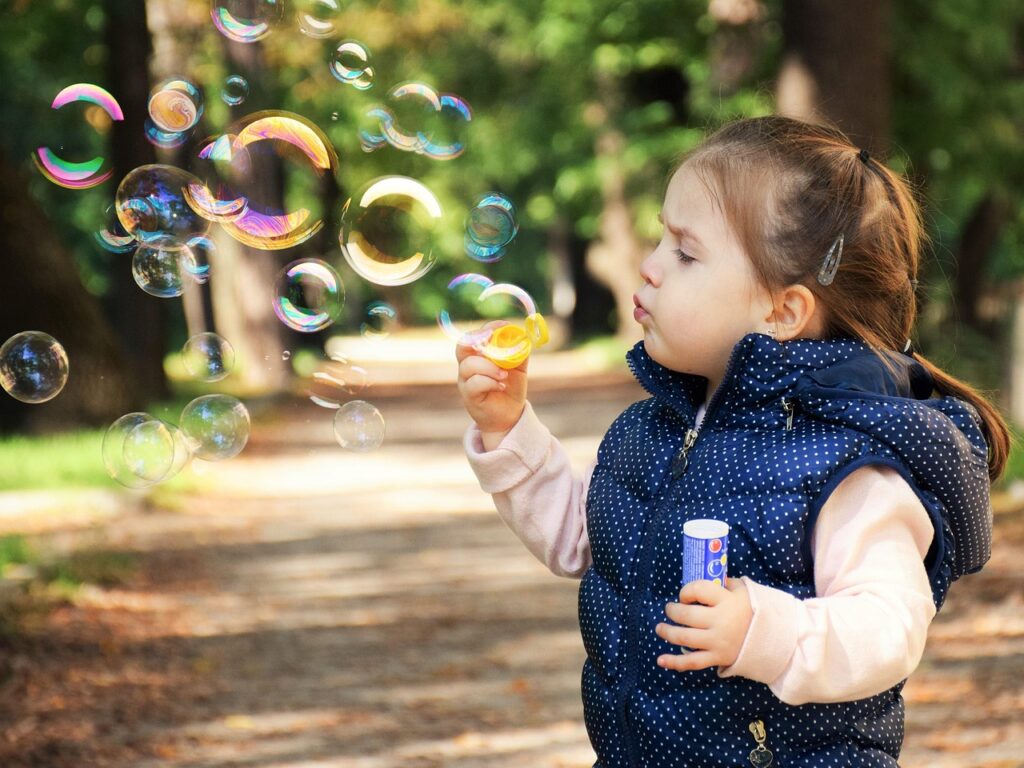
Ever stop to think about what ‘childhood’ really means? It feels like this universal, unchanging experience of innocence, right? We all imagine kids playing, learning, and just, well, being kids. But here’s a secret: what we consider a ‘normal’ childhood today would be absolutely mind-boggling, even ‘unrecognizable,’ to someone just a few centuries ago. Seriously, prepare for some historical whiplash!
Turns out, the journey from birth to adulthood has been a wild, ever-evolving ride, shaped by everything from philosophers’ theories to industrial revolutions and even global conflicts. The way children are perceived, raised, and even legally defined has shifted dramatically, making the concept of ‘growing up’ a constantly moving target. It’s like different dimensions of reality, all within the same human experience.
So, buckle up, because we’re about to dive deep into some truly astounding transformations. Get ready to explore seven fascinating facets of childhood that have changed so much over time, you’ll barely recognize them. Trust us, these aren’t your typical playground stories; these are the moments that utterly redefine what it means to be a child!
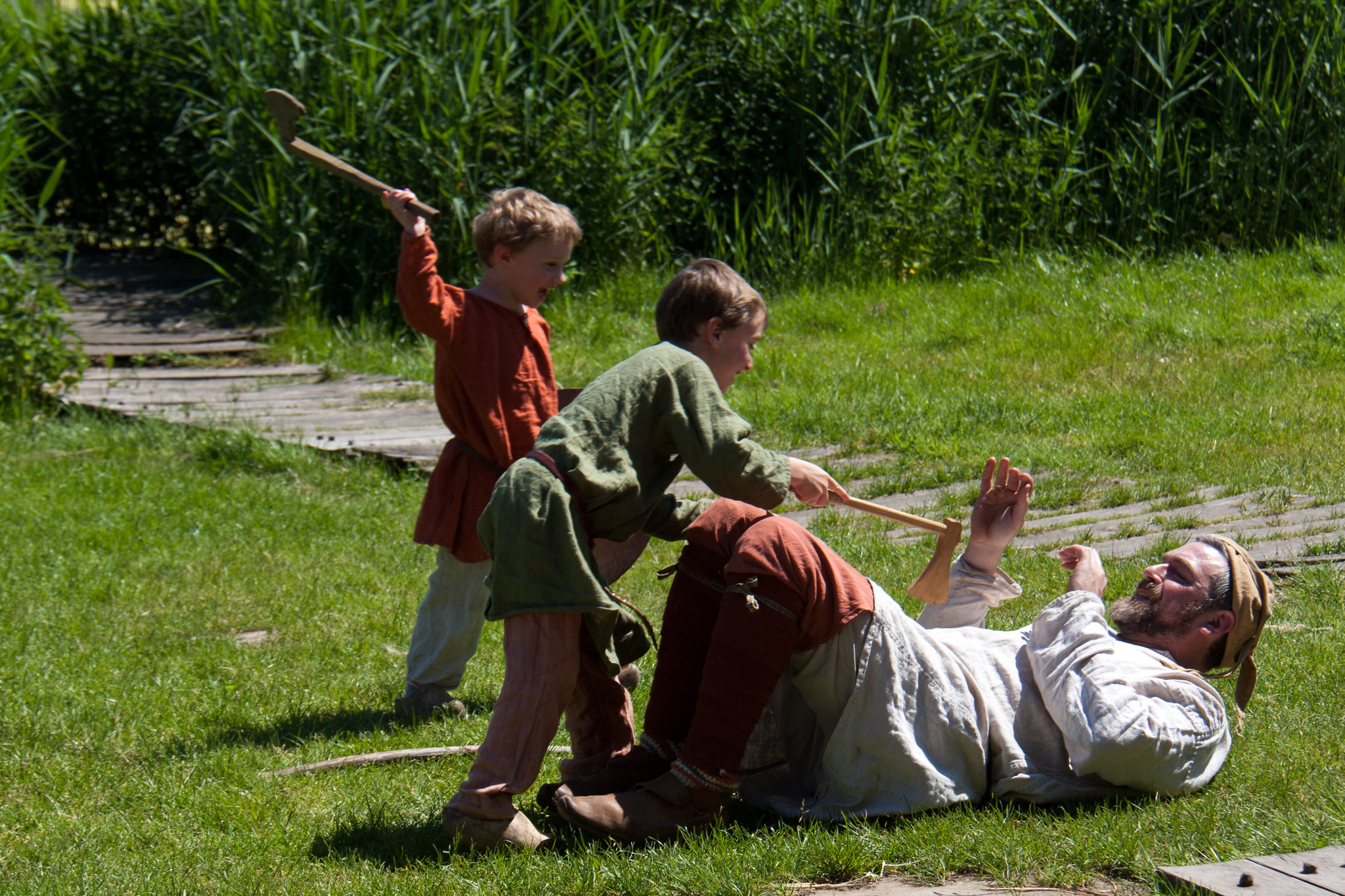
1. **The ‘Mini-Adults’ of Yesteryear**Imagine a world where kids weren’t seen as distinct, special beings needing protection and play, but rather as tiny versions of adults, just waiting to grow into their proper roles. Sounds wild, right? Well, for centuries in Europe, this was the prevailing view. Historians like Philippe Ariès suggested that the very *concept* of childhood as a separate, unique stage only truly began to emerge around the 1600s.
Before this seismic shift, children were often depicted in art and treated in society much like smaller adults. They wore similar clothes, participated in adult activities (often including work, but we’ll get to that!), and weren’t granted the unique innocence we associate with them today. A 1961 study of everything from paintings to school records actually confirmed this, revealing how children were frequently represented as “mini-adults.”
While some historians, like Nicholas Orme, argue that childhood was indeed recognized as a distinct stage even in medieval times, the idea that kids were essentially small grownups, lacking a unique developmental phase, was certainly a dominant cultural perspective for a long stretch of history. It’s a stark contrast to our modern understanding, making these early childhoods genuinely unrecognizable.
2. **The Blank Slate Generation**Ever heard the phrase “tabula rasa”? It’s not just a fancy Latin term; it was a game-changing philosophical concept that profoundly altered how people viewed children. The English philosopher John Locke, a true intellectual rockstar of his time, was instrumental in shaping this new attitude. He proposed that the mind at birth was literally a “blank slate,” completely devoid of innate ideas or knowledge.
This wasn’t just some abstract theory; it had massive implications for parenting and education. If a child’s mind was truly a blank slate, then it became the absolute duty of parents to actively “imbue the child with correct notions.” Suddenly, childhood wasn’t just a physical state; it was a critical period for moral and intellectual programming, entirely dependent on adult input.
This powerful idea essentially put parents and educators in the driver’s seat, emphasizing their responsibility to shape the child’s entire being through deliberate teaching and moral guidance. It’s a view that, while foundational to many educational theories, stands in fascinating contrast to the later romantic notions of innate purity, suggesting a childhood experience that was very much about being molded and filled rather than organically unfolding.
Read more about: Is It True? The Wild Rumor About Beyoncé and a Stolen Master Recording: An Unpacking of the Atlanta Theft
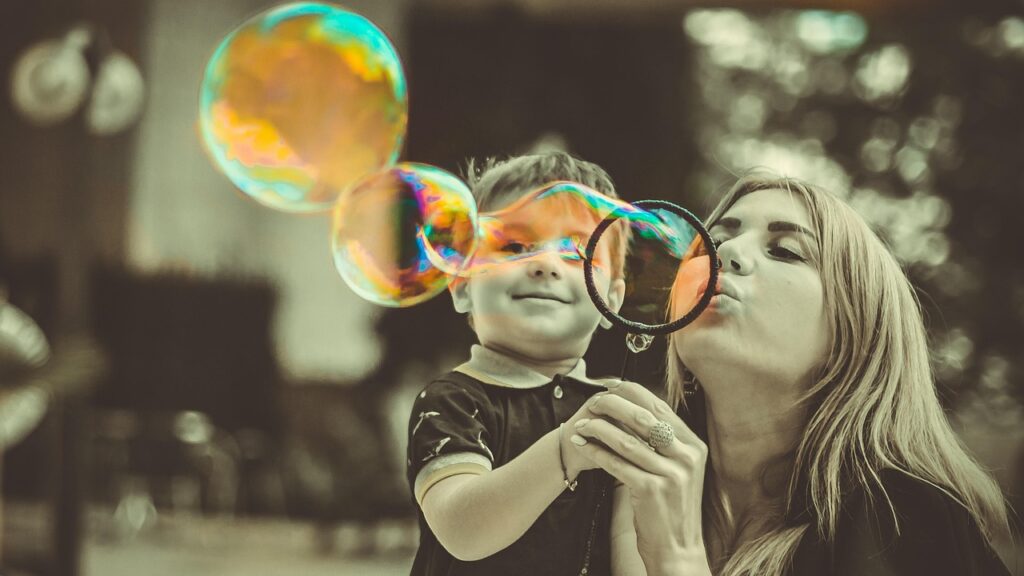
3. **The Romantic Childhood Dream**Okay, so we’ve talked about mini-adults and blank slates. Now, let’s fast-forward to a period where children were practically put on a pedestal! The 18th-century Enlightenment and the Romantic period that followed brought about a totally fresh perspective: childhood as a sacred, almost divine time. Jean-Jacques Rousseau, with his iconic 1762 novel *Emile: or, On Education*, really got this ball rolling.
Rousseau envisioned childhood as a “brief period of sanctuary” – a precious, protected time before individuals had to face the “perils and hardships of adulthood.” It was all about preserving innocence, fostering natural development, and shielding children from the corrupting influences of the adult world. Imagine growing up in a bubble of pure joy and exploration, with very few worries!
This romantic ideal was beautifully captured by poets like William Wordsworth, whose “Ode: Intimations of Immortality from Recollections of Early Childhood” painted a picture of spiritual purity and divinity rooted in an “Edenic notion of pastoral innocence.” It was a complete philosophical flip from children as tiny workers or empty vessels, turning childhood into a golden age of wonder. Talk about an upgrade for kids!
Read more about: Unraveling the Magic: The Most Unbelievable Plot Holes in Classic Disney Films That Still Bother Us
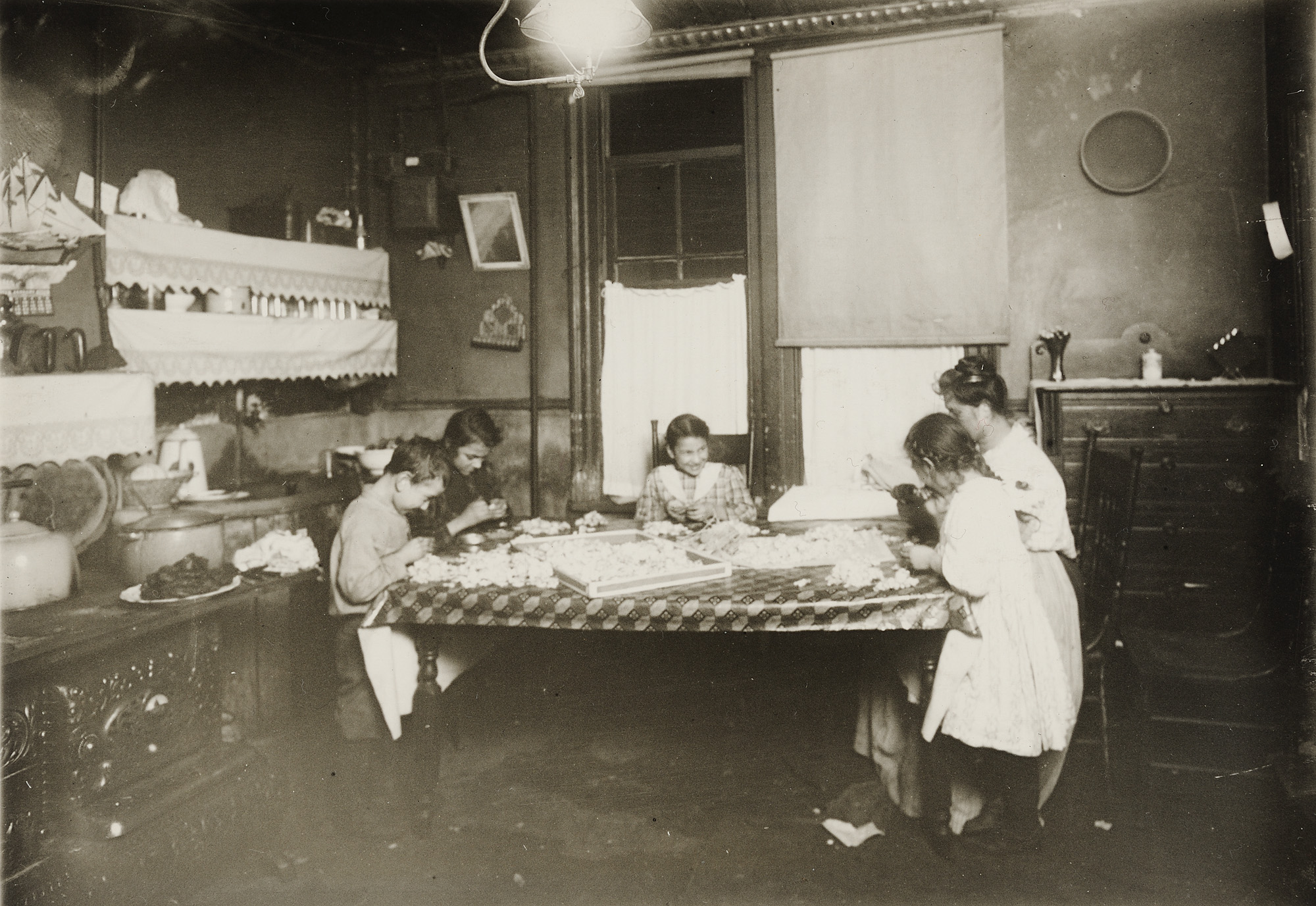
4. **Child Laborers of the Industrial Age**Just as philosophers were dreaming up idyllic childhoods, a much harsher reality was taking hold for countless children: the brutal world of industrialization. It’s truly a jarring contrast, but by the late 18th century in England, child exploitation in the workplace became alarmingly widespread. We’re talking about children being employed in factories, mines, and even as chimney sweeps.
These weren’t after-school jobs; children often worked “long hours in dangerous jobs for low pay.” The romantic ideals of innocence and sanctuary, so beautifully articulated by Rousseau and Wordsworth, stood in stark contradiction to the grim conditions endured by poor children. Imagine a childhood defined by relentless, backbreaking labor instead of play and learning. It’s genuinely heartbreaking.
Thankfully, this horrific reality sparked outrage. British reformers, fueled by “the horrific descriptions of London street life by Charles Dickens,” began campaigning for legal protections from the 1830s onward. These efforts eventually led to the Factory Acts, which, though a long time coming, finally started to “mitigate the exploitation of children at the workplace.” It’s a crucial reminder of how far we’ve come in protecting our youngest.
Read more about: 15 Eye-Opening Ways Our Understanding of Childhood Has Transformed Through the Ages
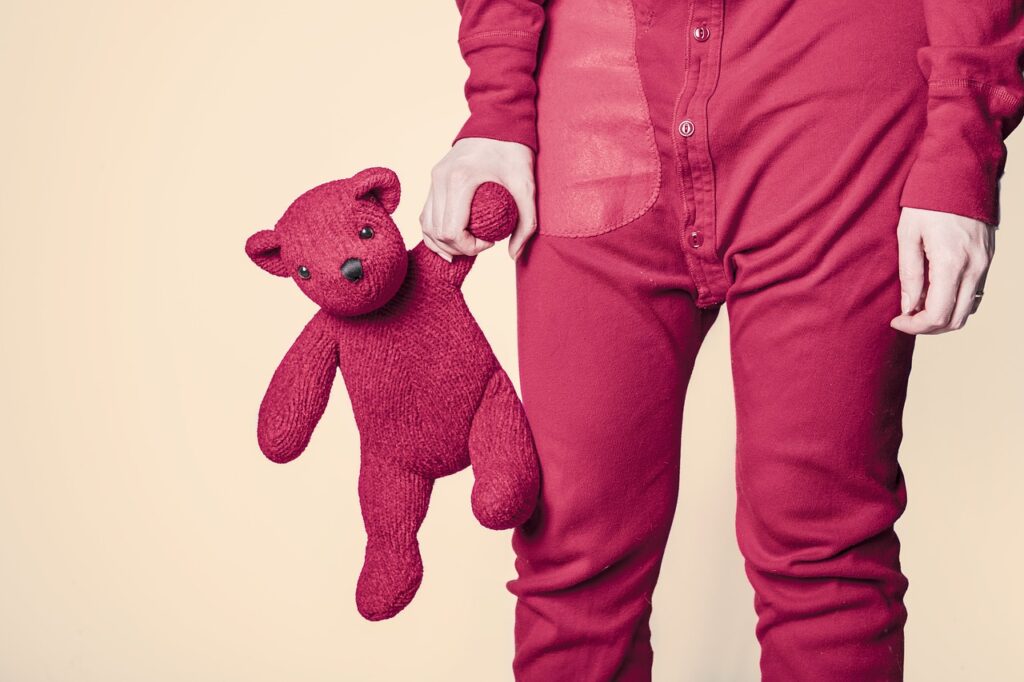
5. **Victorian Era’s Protected Children**After the darkness of child labor, a ray of sunshine (well, at least for some!) emerged in the late 19th century. The Victorian middle and upper classes, recognizing the importance of nurturing childhood, ushered in an era that truly emphasized “the role of the family and the sanctity of the child.” This shift has actually remained a dominant attitude in Western societies ever since, cementing many of the ideas we hold dear today.
This period was a game-changer for kids. Suddenly, childhood became a time explicitly associated with “fun, happiness, and imagination.” It saw an explosion in “the genre of children’s literature,” with books like Lewis Carroll’s *Alice’s Adventures in Wonderland* (published in 1865) becoming landmarks, opening what’s often called the “First Golden Age” of children’s literature. Reading for pleasure, just for kids? Revolutionary!
Furthermore, the latter half of the 19th century brought “compulsory state schooling of children across Europe,” a move that “decisively removed children from the workplace into schools.” Forget factories; now it was classrooms! Plus, the market economy provided “factory-made dolls and doll houses” for girls and “organized sports and activities” for boys, like the Boy Scouts founded in 1908. Childhood was finally, truly, becoming a time for growing up *as a child*.
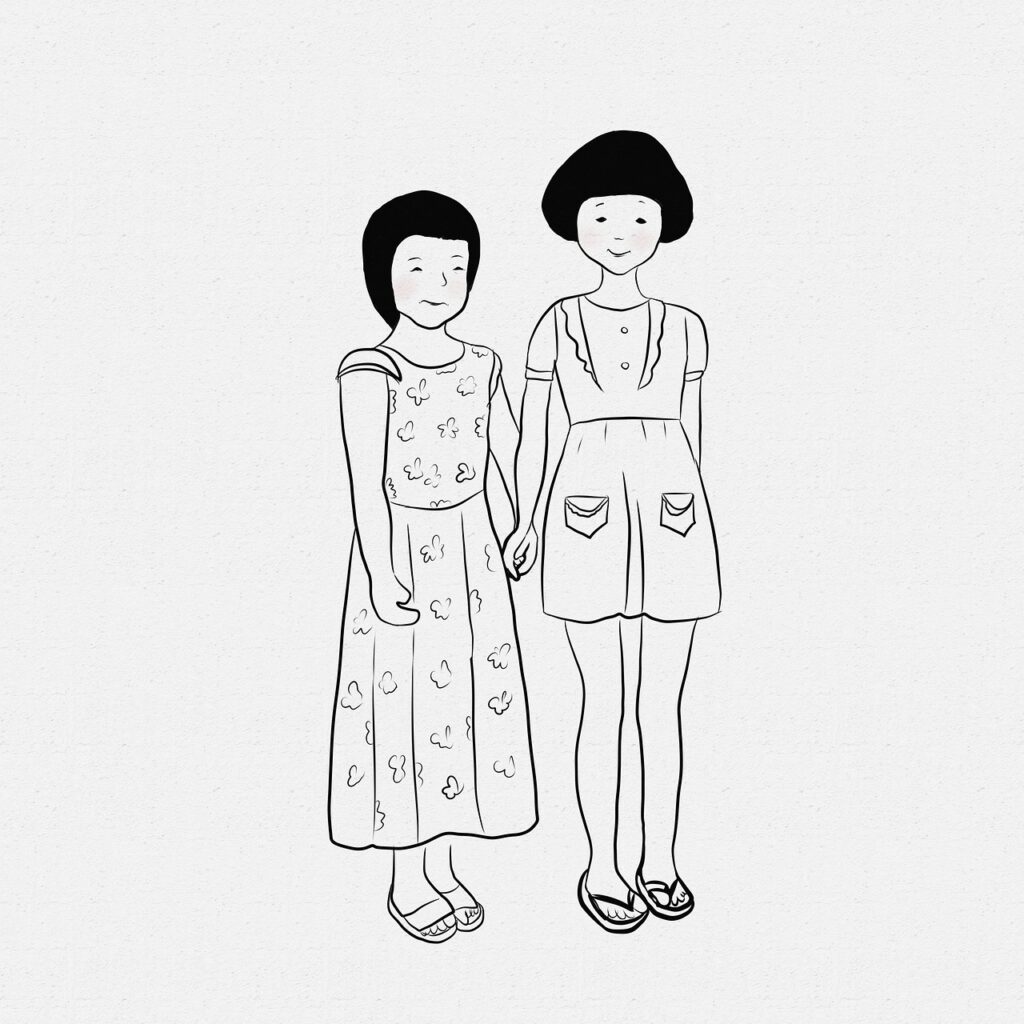
6. **The Modern ‘Trouble-Free’ Childhood**Fast-forward to today, and the ideal childhood has transformed even further into what many adults now believe should be a period blissfully free from worries and work. The prevailing wisdom is that life for children “should be happy and trouble-free.” This modern vision paints childhood as a delightful “mixture of simplicity, innocence, happiness, fun, imagination, and wonder.”
It’s a time primarily “thought of as a time of playing, learning, socializing, exploring, and worrying in a world without much adult interference.” Imagine a kid’s paradise where the biggest worry is what game to play next or which friend to hang out with! This ideal represents a significant evolution from previous eras, where children’s roles were often more about contribution and survival.
Of course, this idyllic state can’t last forever. The concept of a “loss of innocence” is a well-known theme, frequently depicted in literature like *To Kill a Mockingbird* and *Lord of the Flies*, signifying the moment a child’s awareness widens to the harsher realities of the world. Yet, the very notion of a “trouble-free” start, even if fleeting, is a distinctly modern aspiration, epitomized by characters like Peter Pan, who yearned for a childhood that “never ends.”
Read more about: 15 Eye-Opening Ways Our Understanding of Childhood Has Transformed Through the Ages
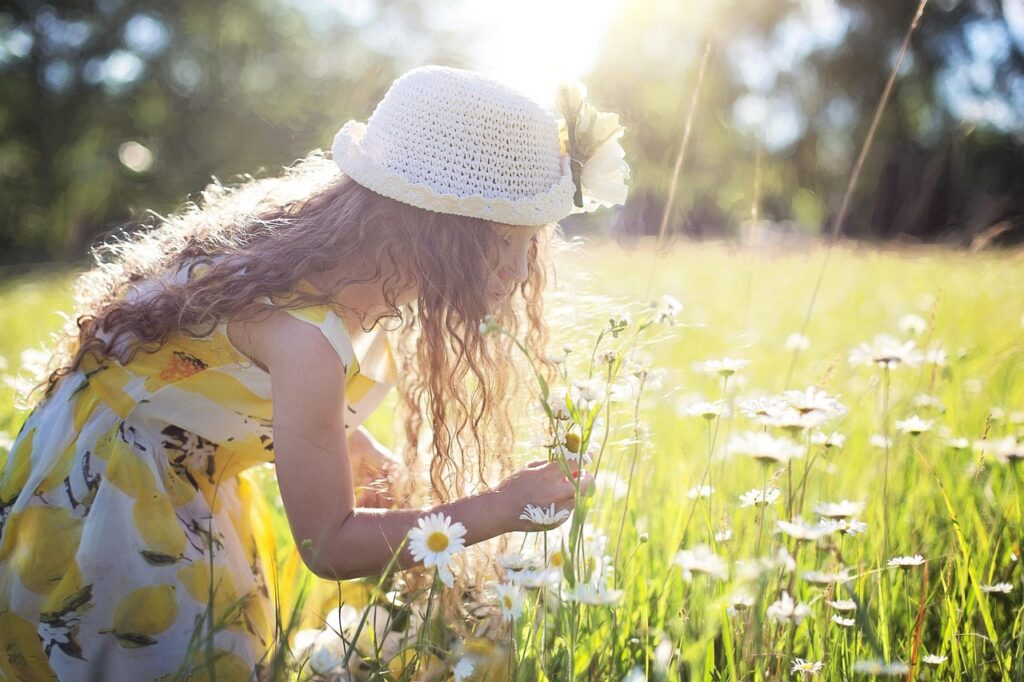
7. **Early Childhood’s Foundational Shifts**Before all the grand historical and philosophical ideas, there’s the very beginning: early childhood. And even this fundamental stage has seen its own “unrecognizable” transformations. Following infancy, early childhood kicks off with toddlerhood, a time of incredible firsts – when a child “begins speaking or taking steps independently.” It’s a period of rapid development, usually lasting until around age 5 or 6, when kids become a bit less reliant on parental assistance for basic needs.
However, the National Association for the Education of Young Children expands this definition, even including infancy within early childhood. During this crucial time, children are like sponges, “learning through observing, experimenting and communicating with others.” Adults play a vital role, supervising and supporting this development, which is ultimately meant to guide the child towards autonomy, that sweet taste of independence.
What truly makes this period distinct is the creation of a “strong emotional bond” between children and their care providers, laying the groundwork for future relationships. Plus, this is when kids first dip their toes into the formal social world, starting “preschool and kindergarten.” These early experiences are foundational, shaping who we become, and the emphasis on structured support and social integration today is a far cry from the more informal, less understood beginnings of childhood in earlier times.”
Alright, so we’ve journeyed through history, witnessing how the very idea of ‘being a kid’ has completely flipped and flopped over centuries. From tiny adults to romanticized angels, and then to industrial cogs in a machine, childhood has been everything but static. But guess what? The evolution didn’t stop there! Our modern world keeps throwing curveballs, creating entirely new landscapes for growing up.
Get ready, because we’re diving into eight more mind-bending transformations that truly show just how ‘unrecognizable’ childhood continues to become. From navigating complex legal definitions to battling screen time versus street play, and confronting global issues that shake a child’s world, these shifts are shaping the kids of today in ways we’re still trying to understand. Let’s dig in!
Read more about: 15 Eye-Opening Ways Our Understanding of Childhood Has Transformed Through the Ages
8. **Middle Childhood: The Social Butterfly Stage**After the intense learning sprint of early childhood, things get a little different around age 7. Welcome to middle childhood, a super important time that stretches until about 9 or 10. Think of it as the ‘formative years’ – not just a cute phrase, but a period when kids really start to blossom socially and mentally.
This is when children begin building new friendships and picking up cool new skills that help them become more independent and truly develop their own unique personalities. It’s a time of exploring identity and figuring out where they fit in the wider world, beyond just their immediate family circle. Suddenly, everything feels a little bigger and more exciting!
But here’s the kicker: this stage often coincides with entering formal school, which is a whole new ballgame! This different setting can bring fresh challenges and reveal mental disorders that might not have been noticed before, like autism, dyslexia, dyscalculia, or ADHD. Thankfully, specialized plans like special education and individualized education plans are designed to help children with these disabilities thrive. It’s a period where we start to truly understand the diverse needs of young learners.
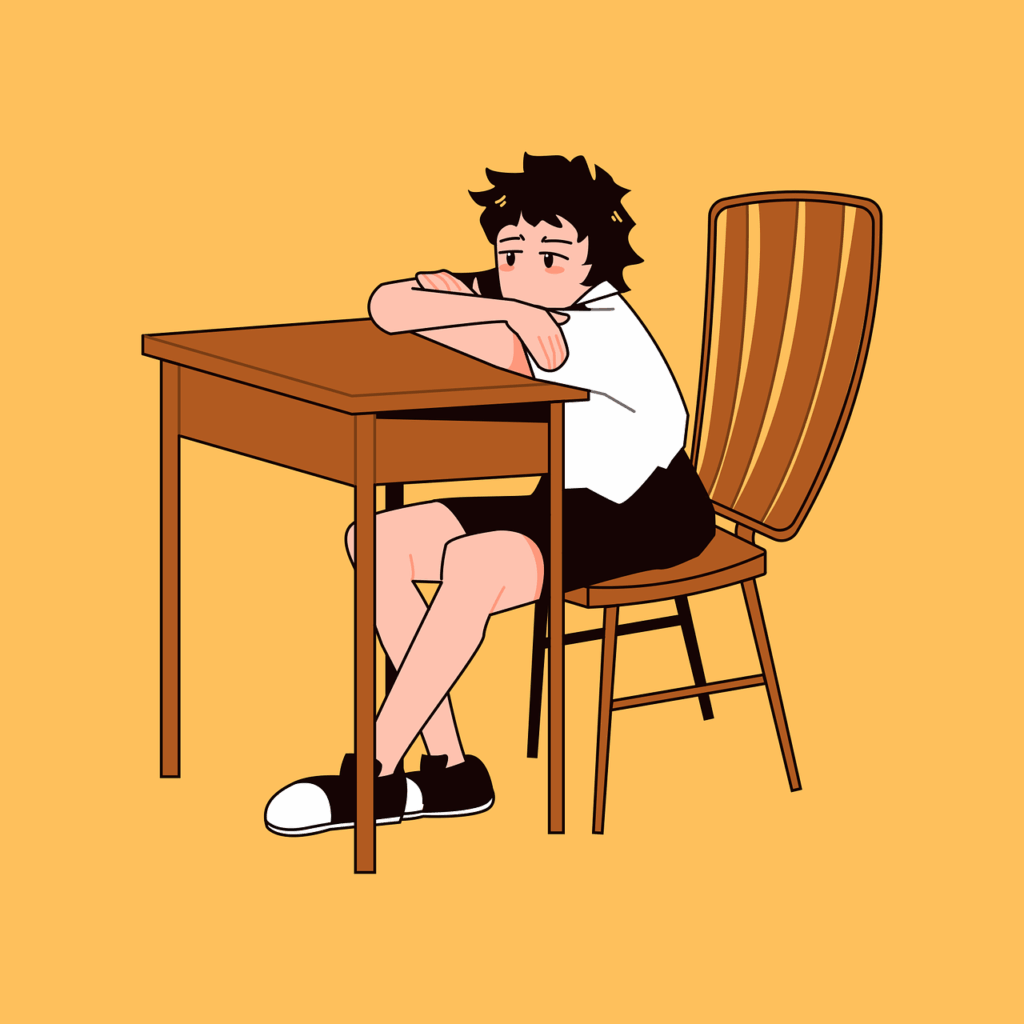
9. **Late Childhood & Preadolescence: Reality Check Time**Just when you thought you had childhood figured out, it morphs again! Following middle childhood, we hit preadolescence, typically spanning ages 9 to 12. This is the stage right before adolescence, marked by significant milestones like the major onset of puberty. It’s a bridge between being a little kid and a full-blown teenager, and it comes with its own unique set of challenges and anxieties.
What’s wild is how their view of the world transforms. Preadolescents ditch the intense, fantasy-oriented world of earlier childhood for a much more realistic perspective. They start thinking and acting in ways that are more mature and sensible. In fact, some refer to this as the “most ‘sensible’ stage of development” – the child becomes “a much less emotional being now.” Talk about a growth spurt in wisdom!
During this phase, preadolescents also begin to see human relationships differently, perhaps even noticing the “flawed, human side of authority figures.” It’s like their critical thinking skills suddenly get an upgrade! Alongside this, they start developing a stronger sense of self-identity and feeling more independent, sometimes feeling like “an individual, no longer ‘just one of the family.'” It’s a truly pivotal time of personal discovery and stepping into their own.
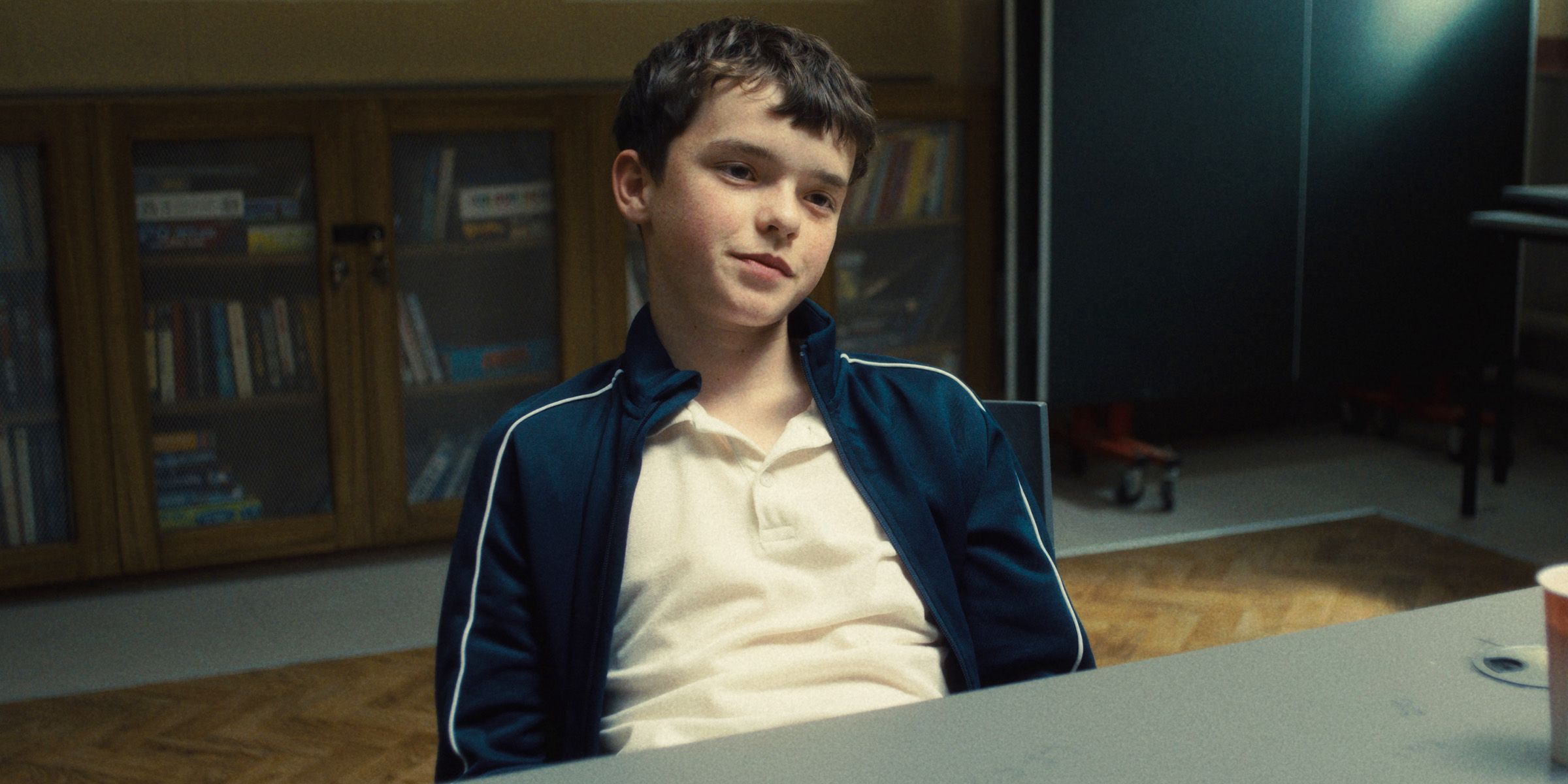
10. **Adolescence: Caught Between Worlds**So, you’ve navigated preadolescence, and now, bam! You’re in adolescence. This stage is generally considered to be between the onset of puberty and legal adulthood, mostly lining up with the teenage years (13-19). But here’s a fun fact: puberty often kicks off even earlier, around 10-11 for girls and 11-12 for boys. Wild, right?
Legally speaking, adolescents are often still considered children, even though biologically they’re rapidly changing. They tend to lack adult rights and, in many cultures, are still required to attend compulsory schooling. It’s a bit of a limbo, a developmental sweet spot where they’re biologically maturing at warp speed, yet legally still under the umbrella of childhood.
This period is a whirlwind of transformations: physical, psychological, and behavioral changes are coming thick and fast. The exact moment adolescence ends and adulthood begins? Well, that’s a moving target, varying by country, culture, and even specific functions. There isn’t one universal “poof, you’re an adult” moment, making it a truly unique and often confusing phase of growing up!
11. **The Shifting Sands of Legal Childhood**Okay, let’s talk about something that’s way less straightforward than it seems: the legal definition of a child. It turns out, being a ‘child’ isn’t just about age; it’s a whole legal maze that has shifted dramatically over time! In English-speaking countries, a child generally refers to a minor – someone younger than the local age of majority, though there are always exceptions (like buying alcohol, even after said age).
The United Nations Convention on the Rights of the Child, which 192 of 194 member countries have ratified, defines a child as “A human being below the age of 18 years unless under the law applicable to the child, majority is attained earlier.” But get this: in Singapore, a child is legally under 14 under one act, while the age of majority is 21! And in U.S. Immigration Law, a child is anyone under 21. Talk about different rulebooks!
Historically, the age at which children were considered responsible for their actions – like marriage or voting – has also been a moving target, especially in courts of law. In Roman times, children weren’t culpable for crimes, a stance later adopted by the Church. But fast forward to the 19th century, and children under seven were deemed incapable of crime, while those seven and older? They could face criminal charges, adult prison, and punishments like whipping, branding, or hanging, though courts would consider age during sentencing.
Today, while thankfully those harsh punishments are (mostly) behind us, the legal lines are still blurry. Minimum employment age, marriage age, and even the age for military service continue to vary across the globe. It just goes to show that ‘childhood’ isn’t just a biological stage, but a constantly evolving legal and social construct too!
Read more about: A Journey Through Genius: Unveiling the Life, Art, and Enduring Legacy of Leonardo da Vinci
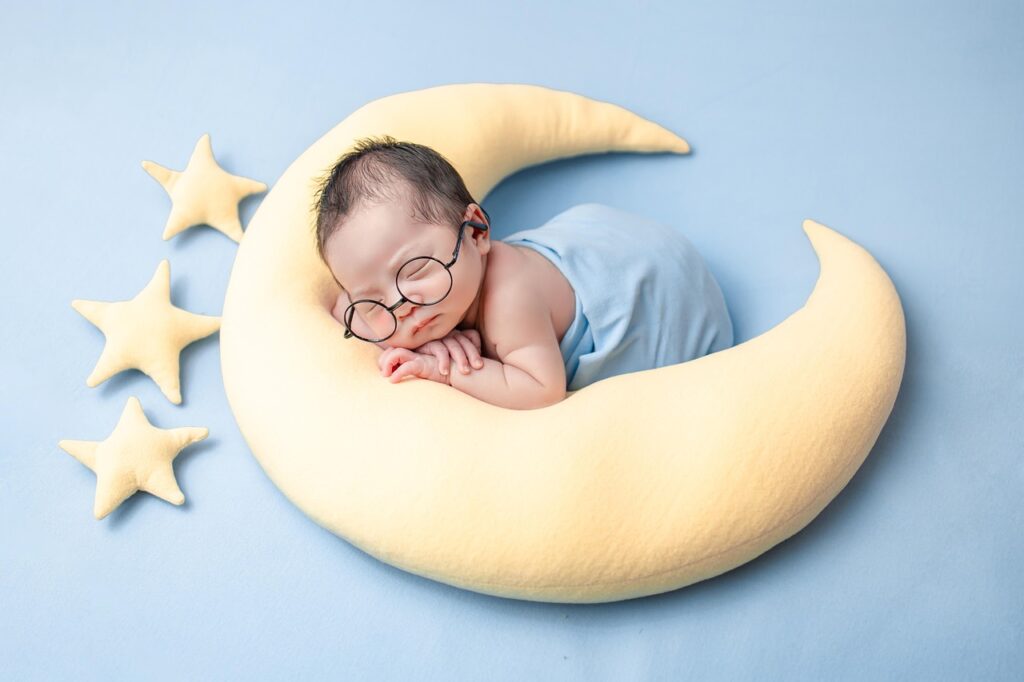
12. **The Secret World of Street Culture vs. Screens**Remember those epic childhood days filled with outdoor adventures, building forts, and playing games until the streetlights came on? Well, for many, that was a huge part of “children’s street culture” – a cumulative, often secret world created by kids, especially between seven and twelve. It was strongest in urban working-class areas where children had the freedom to play outside for hours, unsupervised.
This was a world invented and sustained by kids themselves, with very little adult interference. Think quiet backstreets, pavements, local parks, and scrubland transformed into imaginative realms. Kids would designate specific areas as informal meeting spots, giving deep ‘spirit of place’ meanings to urban spaces that adults might just see as neglected. It was truly their own domain, a place for self-discovery and collective creation.
But hold up, there’s a new titan in town: screens! The rise of indoor distractions like video games, computers, and television has led to concerns about the very survival of this vibrant street culture. Richard Louv even coined the term “Nature Deficit Disorder” in his 2005 book, highlighting the trend of less time for outdoor play, which he linked to a range of behavioral problems.
The stats are pretty eye-opening: the average American child now spends a whopping “44 hours a week with electronic media.” Research has even drawn a clear correlation between the declining number of National Park visits and the increasing consumption of electronic media by children. Even media like Disney films, surprisingly, have been critiqued for “deemphasizing views of nature.” It’s a dramatic shift, where the spontaneous, imaginative world of street culture is increasingly competing with the captivating glow of a screen.
Read more about: Loved the ’70s? These 12 Iconic Leading Men Were the Defining Faces of Cool and the Anti-Hero Genre!
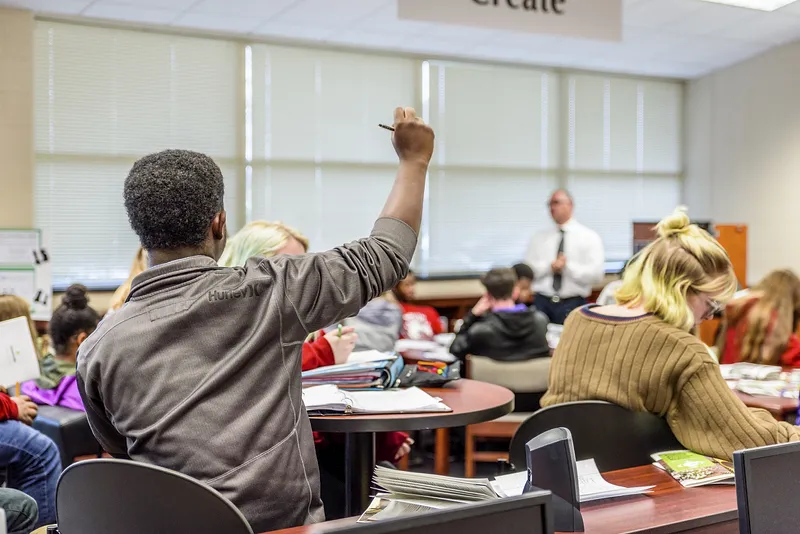
13. **The Right to Learn: Education’s Evolving Role**Education, in its broadest sense, is about so much more than just sitting in a classroom. It’s the process of gaining knowledge, honing reasoning skills, developing good judgment, and intellectually preparing for that wild ride called mature life. While formal education usually means schooling, the very concept of *who* gets an education and *how* has seen massive shifts.
Globally, the United Nations’ 1966 International Covenant on Economic, Social and Cultural Rights (ICESCR) made it official: everyone has a right to an education. How cool is that? Most places now make education compulsory up to a certain age, but even then, attendance at a traditional school isn’t always the only option, with homeschooling or e-learning now recognized in some areas. It’s all about making learning accessible.
However, the reality is still pretty stark for millions of children around the world, especially in parts of Africa and Asia, who are often kept out of school entirely or only attend for short periods. UNICEF data from 2011 showed a staggering 57 million children out of school, with over 20% of African children never even completing primary education. The culprits? Poverty, child labor, societal attitudes, and even just the sheer distance to a school.
And if that wasn’t enough, warfare is a massive disruptor, preventing 28 million children globally from receiving an education due to risks of violence and attacks in schools. It’s a constant struggle to ensure that every child, everywhere, has access to this fundamental right, showcasing just how much the global landscape of education has changed, and how much more needs to be done.
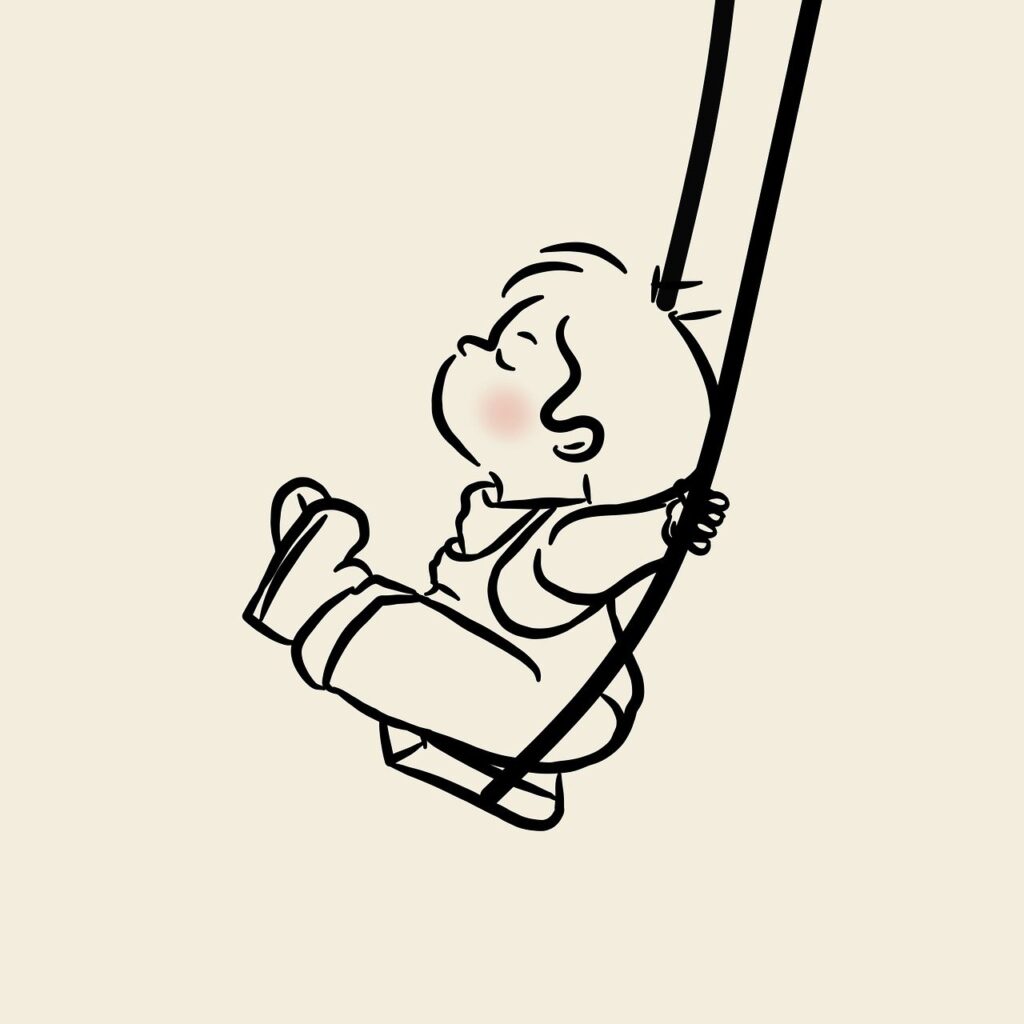
14. **Confronting Child Marriage: A Persistent Challenge**Here’s a topic that really highlights the vastly different realities of childhood across the globe: child marriage. It’s a sobering reminder that for many, childhood is anything but “trouble-free.” This deeply harmful practice, which disproportionately affects girls, remains a widespread issue in numerous cultures.
In 2013, the numbers were truly shocking, with child marriage rates for female children under 18 hitting 75% in Niger, 68% in the Central African Republic and Chad, 66% in Bangladesh, and 47% in India. Imagine growing up knowing your future is already decided for you at such a young age. It’s a reality that’s genuinely “unrecognizable” to many in Western societies.
A 2019 UNICEF report further illuminated these disparities, showing that 37% of females in sub-Saharan Africa were married before 18, followed by South Asia at 30%. While lower in Latin America, the Middle East, and Eastern Europe, the rates in Western Europe and North America were minimal. And it’s not just girls; a 2018 study revealed that worldwide, 4.5% of males are also married before 18, with the Central African Republic again showing the highest rate at 27.9%. These statistics underscore a profound, ongoing challenge in the global fight for a truly protected childhood.
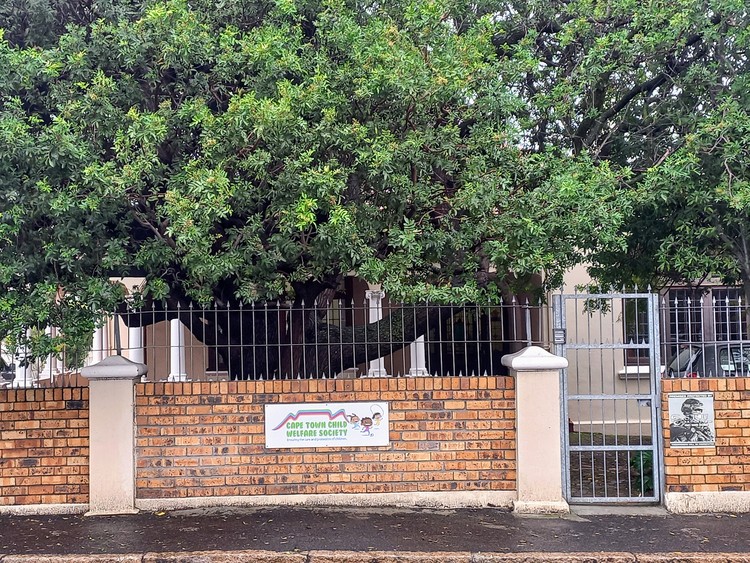
15. **Protecting Our Youngest: The Broader Scope of Child Protection**Thankfully, one of the most significant and positive shifts in the concept of childhood is the growing global emphasis on child protection. This isn’t just about keeping kids safe; it’s about safeguarding them from violence, exploitation, abuse, abandonment, and neglect. UNICEF puts it clearly: it’s about “preventing and responding to violence, exploitation and abuse against children – including commercial ual exploitation, trafficking, child labour and harmful traditional practices, such as female genital mutilation/cutting and child marriage.” Phew, that’s a lot, but it’s crucial!
The United Nations Convention on the Rights of the Child is a cornerstone here, protecting fundamental rights that many previous generations of children never had. This involves actively identifying signs of potential harm, responding to any allegations or suspicions of abuse, providing support services, and, importantly, holding those who harm children accountable. The ultimate goal is simple yet profound: to ensure that all children are safe and free from harm or danger.
What’s truly amazing is that modern child protection systems are designed to be holistic, recognizing that a child’s well-being is influenced by a web of social, economic, cultural, psychological, and environmental factors. This means cross-sector collaboration – social welfare, education, health, security, and justice all working together – to strengthen families, reduce social exclusion, and lower the risk of separation, violence, and exploitation. It’s a far cry from earlier times when such issues were often ignored or simply not understood as ‘child protection.’
Ultimately, the responsibility for child protection isn’t just on governments; it’s on individuals, organizations, and entire communities. It’s about providing safe environments, protecting children from all forms of abuse, and ensuring they have access to education, healthcare, and the resources needed to fulfill their basic needs. This comprehensive, interconnected approach is arguably the most ‘unrecognizable’ and vital transformation in the experience of childhood, a testament to how far we’ve come in valuing our youngest members of society.
So there you have it! From children as miniature adults to beings needing comprehensive global protection, the journey of childhood is a testament to humanity’s evolving understanding, its triumphs, and its ongoing challenges. It’s been a wild ride of historical shifts, philosophical debates, and societal transformations. One thing’s for sure: the concept of growing up is anything but static, constantly reshaping what it means to be a child in our ever-changing world. And honestly? It makes you wonder what ‘childhood’ will look like a hundred years from now!

